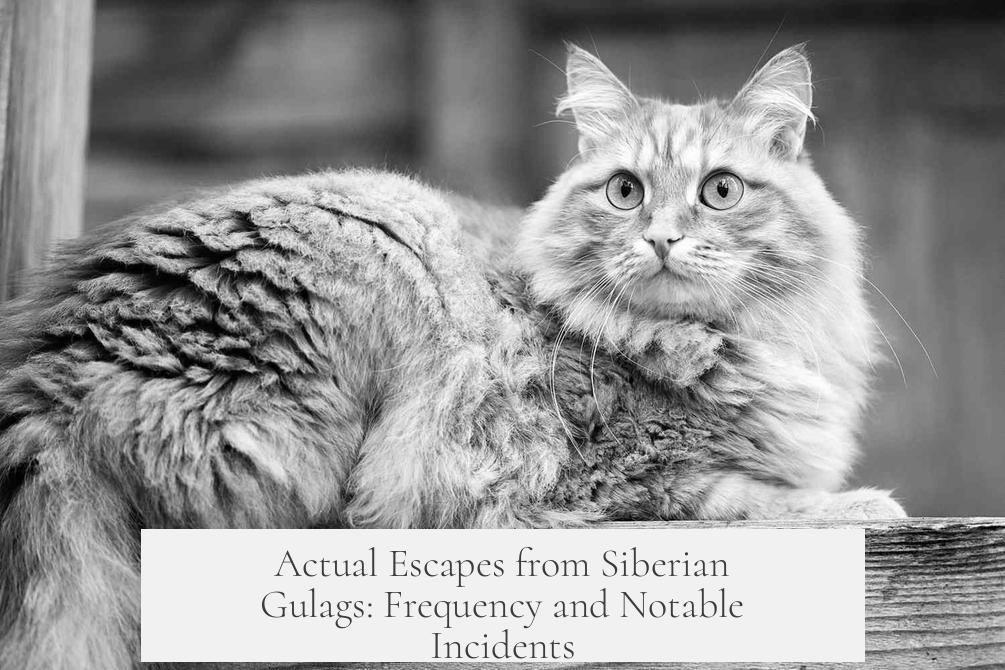Escapes from Siberian gulag camps occurred but were relatively rare given the scale and difficulty involved. Prisoners did attempt to flee the camps, but the harsh environment, heavy security, and isolation made successful escapes uncommon. With millions interned across the Soviet camp system, only a small fraction tried or managed to escape.
Geographical challenges played a major role in limiting escape attempts in Siberia. The region features extreme conditions—frozen winters with temperatures well below zero and impassable marshes during summer. Fresh water and shelter were scarce, exposing escapees to life-threatening risks. Siberia was no less unforgiving than other gulag regions like the Arctic or Kazakhstan, making fleeing nearly impossible physically.
The camps themselves were securely placed in remote areas. Many could only be reached by government-controlled railroads or planes. The areas were heavily patrolled by guards, military personnel, and police. Locals in surrounding villages faced harsh penalties if they failed to report escapees, adding social and political deterrents to flight.
Data on escape attempts exist but are often incomplete or self-reported by camp authorities. In the early 1930s, thousands of prisoners tried to cross borders, such as to Finland. For example, 7,202 escapees were caught in 1932. Statistics show tens of thousands attempted escapes overall; in 1933, 45,755 prisoners fled camps, with about 28,370 captured, illustrating that a large proportion were recaptured.
Later figures from 1947 indicate 10,440 tried to escape, fewer than 3,000 were caught, but the actual number of successful escapes is unknown. Likely, many died from the harsh climate or were recaptured. The success rate was low, reflecting the difficulty of overcoming both natural and security obstacles.
The movie The Way Back dramatizes such a difficult escape but is based on an unverified account, so its accuracy is debated. While this story captures the spirit of endurance and hope, historical evidence for mass escapes from Siberian camps is limited.
Key takeaways:
- Escapes from gulag camps, including Siberia, occurred but were rare relative to prisoner numbers.
- Extreme climate and remote, guarded locations made escape physically and logistically difficult.
- Social pressures and government controls further deterred locals from aiding escapees.
- Historical data show thousands tried to escape but many were recaptured or likely perished.
- The account behind The Way Back is debated, with no firm proof on how typical such escapes were.




